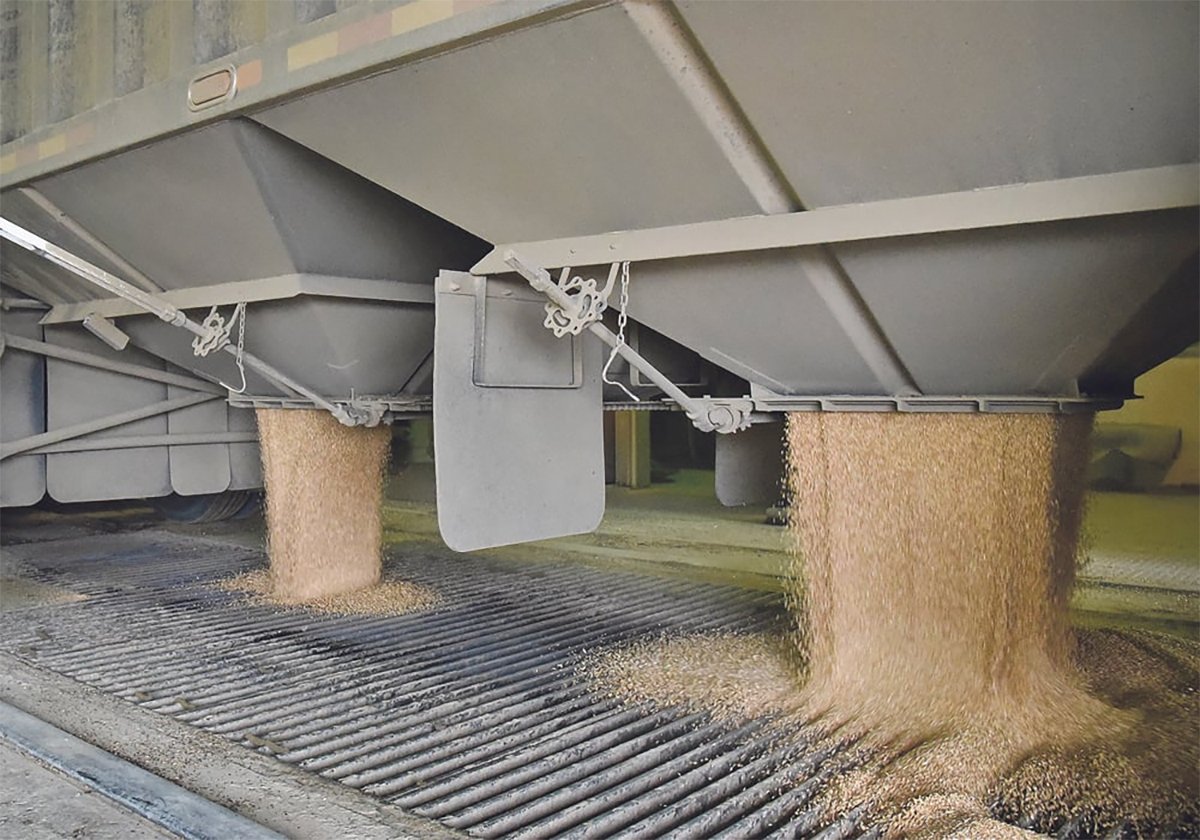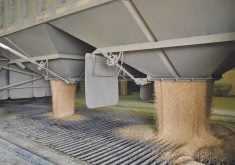Unless some unforeseen geopolitical event transpires, lower grain prices will be the reality for the growing season ahead and that will have wide-ranging ramifications.
South of the border, the U.S. Department of Agriculture is forecasting 2024 net farm income at $116 billion, down from $156 billion in 2023 and the record $186 billion in 2022. Canadian net farm income is destined to show a similar trend.
In the United States, with it being an election year, additional government largess could be bestowed. In Canada, we shouldn’t expect anything in addition to the programs already in place.
Read Also

Worrisome drop in grain prices
Prices had been softening for most of the previous month, but heading into the Labour Day long weekend, the price drops were startling.
The large beef sector in Alberta should buffer that province’s overall farm income. Cattle prices are strong. In Saskatchewan, the grain sector dominates and the substantially lower grain prices will have a large impact.
Lower grain prices will also translate into lower coverage levels under crop insurance. When Saskatchewan’s insured prices are announced, expect canola to be $4 or maybe even $5 a bushel less than last year.
This is likely to trim canola acreage in the brown and even some of the dark brown soil zones. In traditional canola growing regions, the crop will still dominate acreage because most other cropping alternatives don’t look any more profitable.
A lot of 2023 canola remains unsold. It could have been priced off the combine last fall at $17 a bushel, but is now scarcely worth $13. Even higher prices could have been locked in early in the growing season. The aversion by many producers to pre-pricing ended up costing a lot of money.
The one major exception to weakening prices has been lentils, particularly green lentils. Expect lots of that crop in the lentil growing region, although this will be curtailed somewhat by the cost and availability of seed. Even red lentils may see an acreage increase. If it’s a wet year for a change, the aphanomyces root rot issue could become even more critical.
High prices eventually cure high prices. Will green lentils be overproduced? Is it best to have some of the expected production contracted at the very attractive prices currently available? The answer would seem to be yes. However, over the years, uncontracted production of lentils has often enjoyed the best prices.
What’s on the horizon to solve the funk in which most grain prices are mired? A worldwide pandemic and the eruption of two wars were all events not widely anticipated. Perhaps some other geopolitical event will unfold, and if that happens, agriculture always seems to be affected one way or another.
The one influence we can see coming is the use of more vegetable oil to produce renewable diesel. Canola crushing plants in Canada and soybean crushing plants in the U.S. will be coming on stream to supply facilities turning out renewable diesel as well as aviation fuel.
Predictions vary on how much biofuel will be produced and whether government policies and targets are adequate, but some plants are in construction with others on the drawing board.
This may be similar to the ethanol boom in the U.S. more than 20 years ago. Without ethanol consuming up to 40 percent of the giant American corn crop, the entire grain complex would have looked far different.
Will renewable diesel generate the same results as the ethanol boom? Stay tuned. That chapter is still being written.
In the meantime, for the year ahead, best to make plans based on most grain prices remaining at disappointing levels.
Kevin Hursh is an agricultural journalist, consultant and farmer. He can be reached by e-mail at kevin@hursh.ca.
















